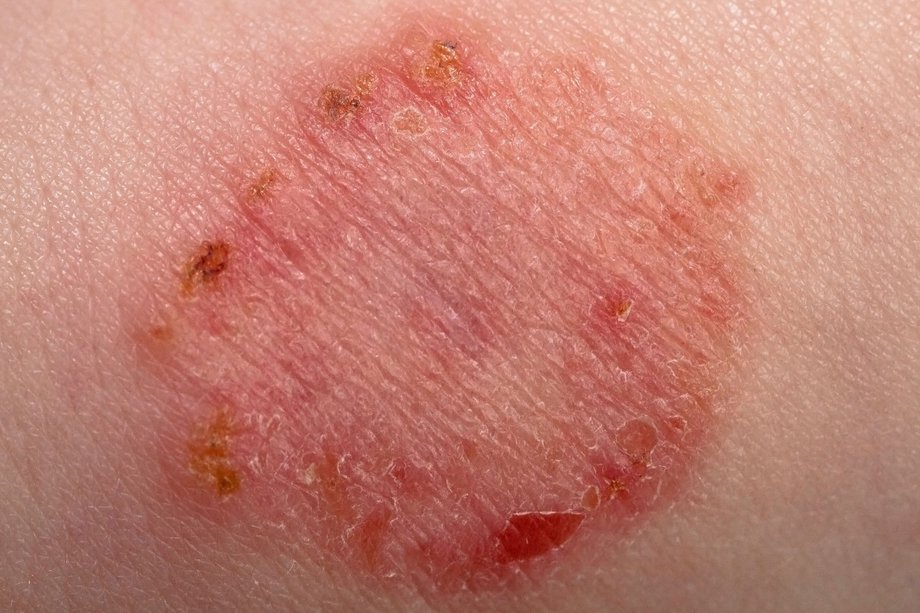

Reducing stress may also help treat dyshidrotic eczema. A range of orthotic products is available for purchase online.Ī doctor may prescribe corticosteroids or antihistamines for dyshidrotic eczema. However, to ensure the plantar fibromas do not come back, it may be necessary to remove most of the plantar fascia.Ī person may need to wear orthotics after surgery. It is also possible to remove the mass surgically. Orthotic insoles are available for purchase online.įoot orthotics may relieve pressure from the arch of the foot (plantar fascia) and help reduce the size of the nodules. This helps to remove the pressure from the balls of the feet. Once the joint can move properly, it relieves the pressure under the big toe, and a person can treat the callus.Ī molded insole or orthotic can help treat bumps caused by uneven weight distribution. This treatment helps to restore normal movement in the joint. Treatments for each cause are explored below:Ī doctor may recommend functional foot orthosis for someone with limited movement of their big toe joint. Treatment for a bump on the bottom of the foot varies depending on the cause. Share on Pinterest Treatment will be recommended based on the cause diagnosed. When the bump rubs against a person’s shoes, it may cause pain and irritation. It is often confused with Achilles tendonitis. Haglund’s deformity is a bump on the back of the foot or heel that forms under the Achilles tendon.

The American Cancer Society estimate that 13,040 Americans will receive a diagnosis of soft-tissue sarcoma in 2018. Sarcomas are harmful and may spread to other areas of the body if left untreated. It may affect the bottom of the foot and can also cause pain or numbness. Synovial sarcomaĪ synovial sarcoma is a type of soft-tissue sarcoma ( cancer) that appears as a lump or swelling. Cysts can develop anywhere on the body, including on the bottom of a person’s foot. CystsĬysts are fluid-filled sacs that form with no accompanying symptoms. Caused by excess friction or injury, bursitis may cause a bump on the bottom of the foot. Bursitisīursitis is an inflammation of the natural cushions between bones and soft tissue. These small, fleshy bumps may be tender to walk on. Plantar warts may form on the bottom of a person’s foot if they have human papillomavirus (HPV).
#ROUND RED PROT ON FOOT SKIN#
Dyshidrotic eczema can also cause skin that is: Dyshidrotic eczemaĭyshidrotic eczema may cause bumps on the bottom of the foot that are itchy and filled with fluid.ĭoctors do not know what causes this type of eczema, but it has been linked to allergies and stress. Researchers are unsure why some people get plantar fibromas, but risk factors include tendon damage, a medication called Dilantin, and genetics. These non-cancerous tumors form in the plantar fascia, which is the ligament in the arch of the foot. Plantar fibromas are nodular masses that can form in the arch of a person’s foot. If a person’s big toe joint does not move correctly when they walk, an excessive force is applied to the bottom of their big toe.Ī callus may develop under their big toe and the bone may become enlarged. If left untreated, these lumps can cause ulcers.įoot ulceration is the most common lower-extremity complication for people with diabetes. If a person with diabetes develops lumps or calluses on their feet, they should monitor them carefully and speak to a doctor. These may cause calluses to form on the ball of the foot.īumps caused by uneven weight distribution tend to occur in people with diabetes. Uneven weight distribution in the foot means some areas absorb more pressure than others. This affects the way weight is distributed across the ball of the foot as a person walks. Sometimes, the long bones behind the toes (metatarsals) become misaligned. Share on Pinterest If certain bones in the foot are misaligned, it may cause uneven weight distribution.


 0 kommentar(er)
0 kommentar(er)
